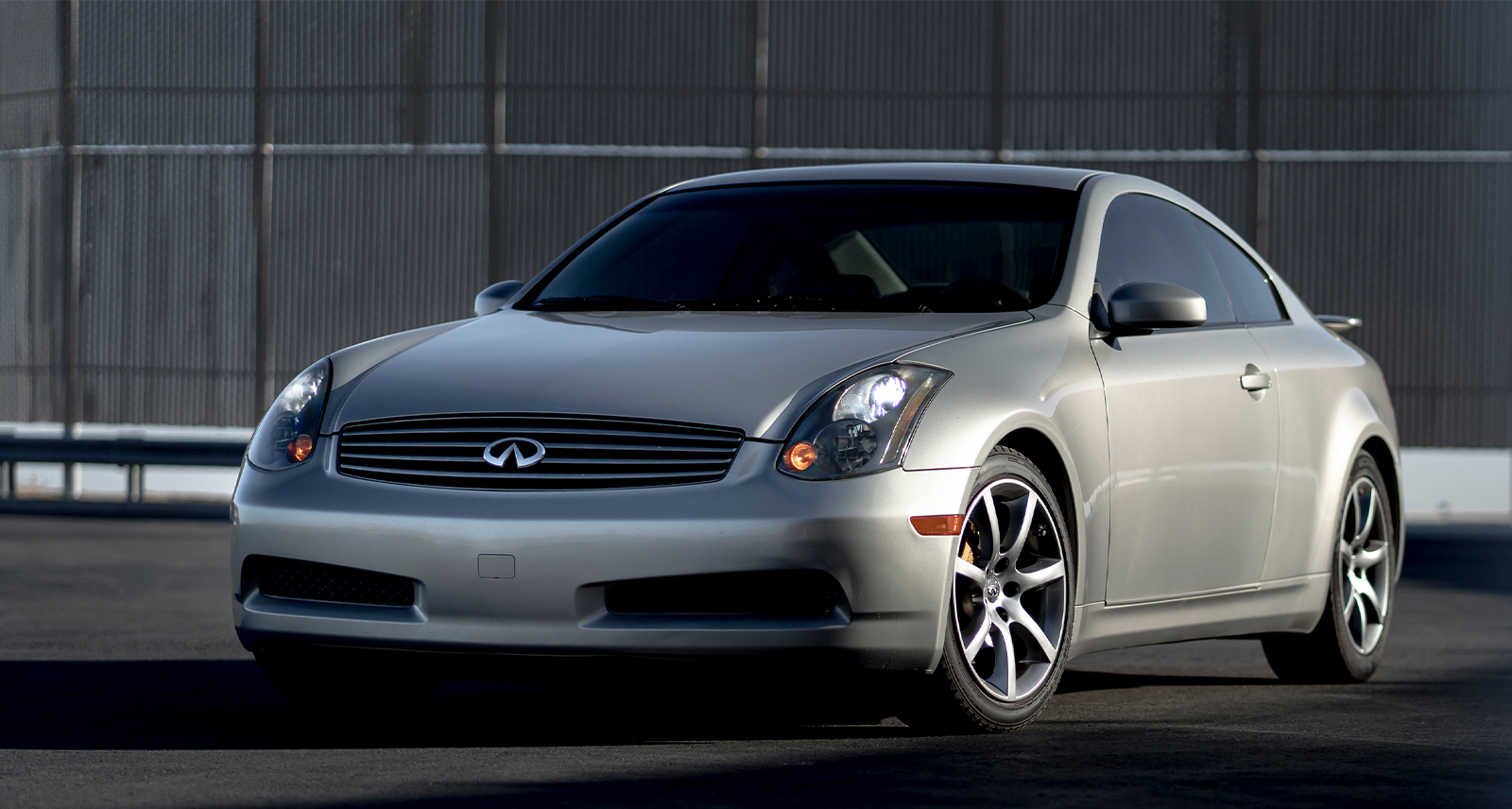Editor’s Letter: What Can We Learn from Elon Musk?
Our April 2018 issue, featuring cover star John Krasinski, is out now.
This is a question that’s been bugging me lately. His name crops up in the daily papers almost, well, daily — and for such a variety of half-baked reasons it’s impossible to tell what to make of him.
On the one hand, he’s a true visionary, a man whose radical and total reimagining of entire industries could remake our future, presumably for the better. Tesla has already changed the way we think about cars; its solar roof panels, soon to be readily available at Home Depot stores, could green the world.
On the other hand, he seems to be more of a troublemaker than a revolutionary, and one with remarkably spotty levels of follow through, at that. He can’t seem to get Tesla’s Model 3 into production, but he has been able to successfully build and launch a rocket for his SpaceX initiative — he hopes to get one to Mars in the near future — and develop a high-powered $500 flamethrower. Because why not?
I clearly don’t have the answer to that first question. What you make of Musk seems to depend on just how badly you want to live in the future he proposes. Or, put another way, on how big you want to dream. Musk is ambition incarnate. He’s the Big Thinker of our anything-goes era; he’s the human embodiment of that poster in your Grade 3 classroom imploring you to “shoot for the moon and you’ll land amongst the stars” — or at least your mannequin-piloted roadster will, if you strap enough jet fuel to it.
And that can be what rankles about him. Ambition is an instinct we don’t always know what to do with. It is a historically problematic impulse, the hubristic clause that has a way of leading Great Men wayward. Of course, we also know we’d never end up anywhere without it.
In this issue, Joshua Ostroff takes a look at one of Musk’s other projects: the Hyperloop. Designed as a kind of human-scale pneumatic tube, the Hyperloop could change the way we travel between cities like Toronto and Montreal or Calgary and Edmonton.
Canada, it turns out, is a leader in developing the technology needed to make Musk’s vision a reality. Engineers in Waterloo, Ontario, and St. John’s, Newfoundland, are competing to be the first in the world to make this new mode of transportation viable — because they’ve been swayed by a grand, ambitious vision and want to make it a reality. They understand that the future isn’t inevitable — it has to be built, piece by piece, levitating tube train by levitating tube train. And if this Hyperloop works out, at least we’ll all get there a little faster.










